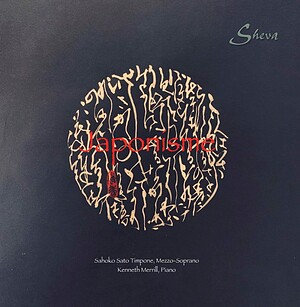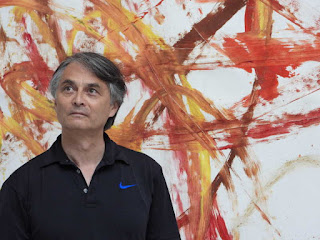"The Reclamation of Madison Hemings' at IRT: world enough and time to assess Thomas Jefferson

At a crucial point in Charles Smith 's new play, which opened Friday night in an Indiana Repertory Theatre world-premiere production, a distant view of Thomas Jefferson's plantation home of Monticello dissolves in a wash of cloudy atmosphere. Well designed at every turn, "The Reclamation of Madison Hemings" is notable in part for the projections design of Mike Tutaj. In what amounts to what the Greeks called the perpeteia, a turning point in the circumstances of the title character, Monticello vanishes. For a time, a grayish-brown celestial stew pervades the backdrop, suggesting a J.M.W. Turner painting and symbolizing the obscurity into which Madison's quest to reclaim his identity has fallen. At Monticello Israel and Madison consider their paths forward. The downstage action involves Hemings shooting a blind, starving mule whose braying has annoyed him and the more crucial collapse of an axle on the wagon onto which Thomas Jefferson's aging son has loaded it







